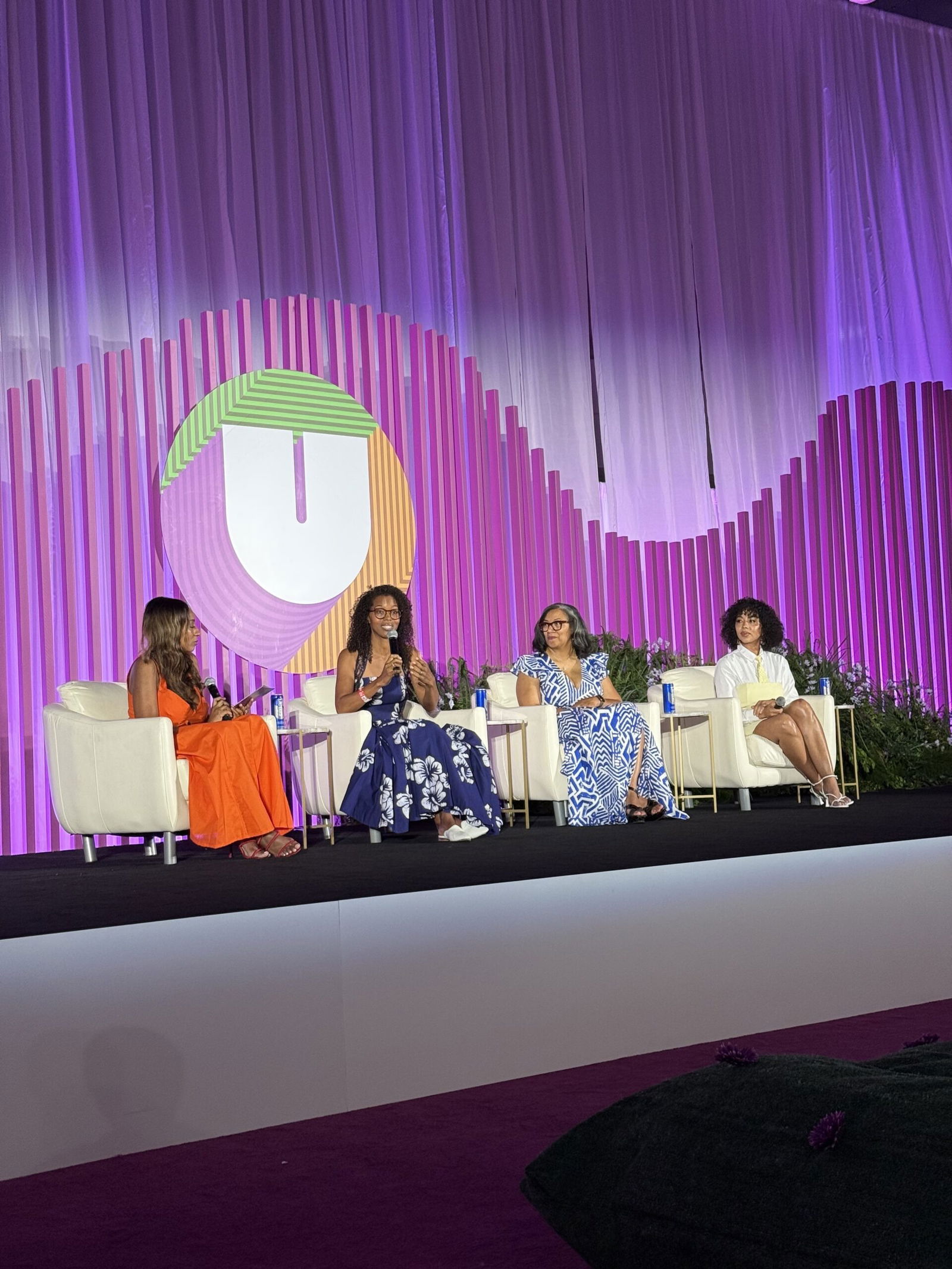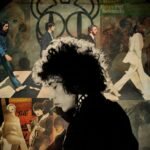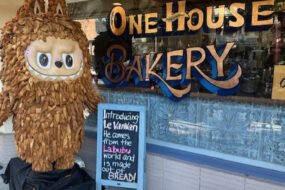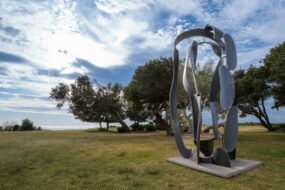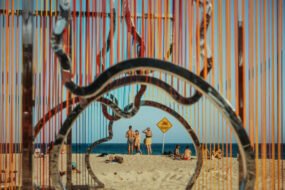
At the 2025 Essence Festival of Culture a profound conversation unfolded at Wellness House beneath the banner of art, healing, and legacy. Titled “Art As Healing: A Dialogue on Sculpture, Storytelling and Collective Renewal,” the panel spotlighted “The Stories of Us,” a global public art exhibition that has journeyed from the United Nations to Essence Festival, creating an immersive and soulful tribute to Black identity, imagination, and belonging.
Presented by the Civic Imagination Project, “Stories of Us” is a living archive of Black resilience, designed to take up space, honor memory, and ignite meaningful dialogue across generations and geographies. Curator Ashley Shaw Scott Adjaye, artist Monique Lorden, and Monique Maddox, president of the Descendants Truth and Reconciliation Foundation, gathered in conversation, with journalist Melissa Noel guiding the exchange. Together, they offered a master class in how art, storytelling, and space shape pathways toward healing.
“Our stories are our salvation,” Adjaye said, underscoring the project’s mission. “Public art is an act of healing. It’s about occupying space and reminding ourselves, and others, who we are, what we’ve endured, and what we’re building for the future.”
The “Stories of Us” exhibit, rooted in ten thematic pillars from Emancipation to A More Perfect Union, has been weaving these narratives across cities from New York to New Orleans and next to Cleveland, before continuing on to San Francisco, Philadelphia, and Detroit. Each installation collects community stories while centering artists whose work bridges diaspora and legacy.
Monique Lorden’s contribution to the exhibit, a sculpture on a talking drum featuring angelic hands, draws from her personal lineage and the rhythms of her native New Orleans. “When I looked at my mother’s hands, I saw my own. Those hands carried soil, raised children, survived,” Lorden shared. “Through my art, I want people to see that we are not footnotes. We are foundations.”
For Lorden, the sounds of New Orleans, bounce music, porch songs, and second lines, inform her work as much as ancestral memory does. “Art is both a mic and a mirror,” she said. “It amplifies our stories while reflecting our capacity for healing, for joy, for endurance.”
Monique Maddox’s foundation — the Descendants Truth and Reconciliation Foundation — commissioned one of the exhibit’s centerpiece works: a drum sculpture honoring the Georgetown 272, the enslaved Africans sold to save Georgetown University. Maddox’s insights moved the audience beyond the conventional thinking around reparations. “Monetary compensation is part of it, but reparative justice is also about acknowledgment, truth-telling, and healing,” she said. “Art meets people where they are. It gives us a space to confront pain and to chart a path forward.”
Maddox shared how discovering her family’s history through the 2016 New York Times exposé ignited her commitment to truth-telling as a form of liberation. “This is heart work, not just hard work,” she affirmed. “Our ancestors endured so much so we could stand here today, and it’s our responsibility to carry that truth forward.”
The conversation emphasized how “Stories of Us” intentionally broadens America’s narrative. “This is a nation built by many, shaped by many. Yet too often, our stories are sidelined,” Adjaye noted. “We’re placing public markers that say: We are here. We matter. We belong.”
With artists spanning the diaspora, from Haiti to Nigeria to Louisiana, the exhibit offers more than representation. It sparks global conversations about healing, migration, belonging, and the shared threads that connect Black communities worldwide. Adjaye’s vision includes expanding the project through a digital storytelling platform, inviting everyday people to record and share their histories, bridging technology with tradition to ensure these narratives endure.
In closing, Lorden offered a simple but powerful blueprint for transformation: “There’s no separation between inner work and community work. Start within. Heal yourself. That healing ripples outward.”
Maddox echoed that sentiment, affirming that restorative justice starts with radical honesty, with ourselves, with history, and with those we aim to heal alongside. “Truth sets us free, and healing allows us to move forward together.”
At Essence Festival, “Stories of Us” stood as more than an artistic installation. For BLACK ENTERPRISE readers, the exhibit serves as a reminder that cultural capital is just as vital as financial capital. Our stories, our legacies, and the spaces we create for remembrance are investments in the future. Because, as this panel so eloquently affirmed: We are foundations, not footnotes. And our stories aren’t just for us, they’re for the generations still to come.
You can learn more about Stories of Us and Descendants at the linked websites.
RELATED CONTENT: Fine Artist Phyllis Stephens And The Art of Dancing In Color

